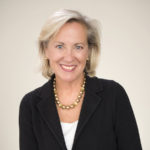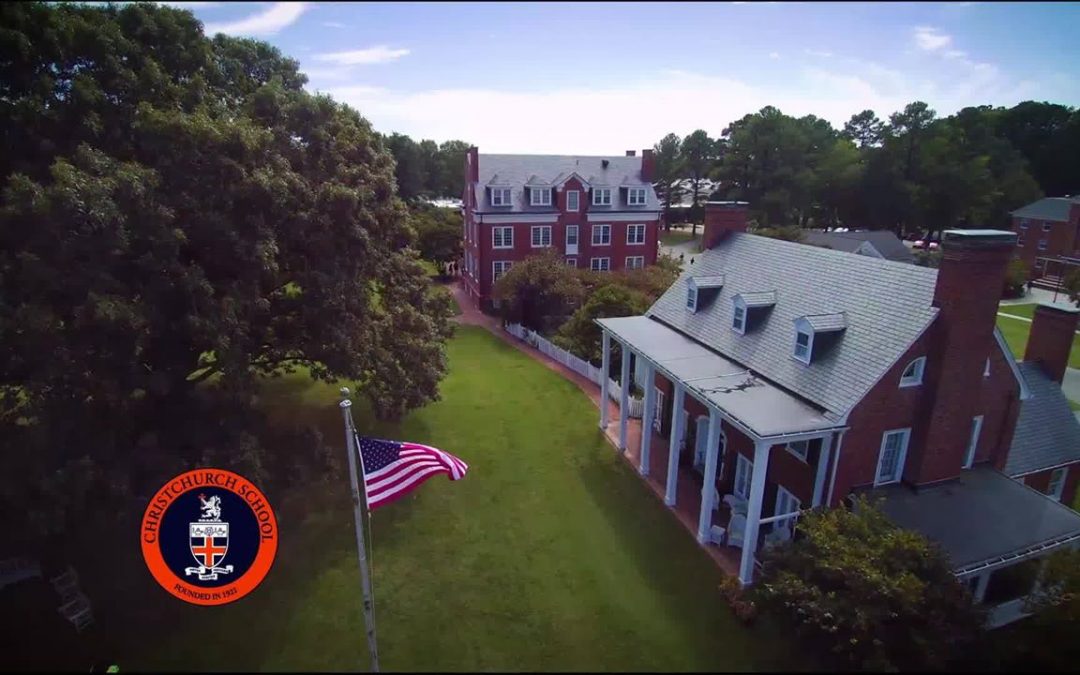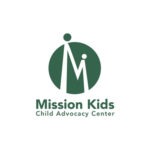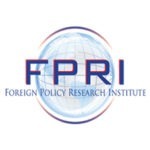 In our series “The Leadership Conversations,” we’ve been exploring topics and issues critical to the health of nonprofits with some of our nation’s top nonprofit leaders. This third installment is a conversation with John E. Byers “JEB”, Head of School at Christchurch School. Our topic of conversation is “Balancing Near-Term Financial Health with Long-Term Institutional Stability.”
In our series “The Leadership Conversations,” we’ve been exploring topics and issues critical to the health of nonprofits with some of our nation’s top nonprofit leaders. This third installment is a conversation with John E. Byers “JEB”, Head of School at Christchurch School. Our topic of conversation is “Balancing Near-Term Financial Health with Long-Term Institutional Stability.”
Jeb Byers has been at Christchurch for 30 years, 19 years as Head of School. Prior to his appointment as Head, he served on the faculty. Located on 125 acres on the Northern Neck of Virginia on the Rappahannock River, Christchurch is an Episcopal coed college-preparatory school for boarding and day students, grades 9-12.
Interview
Q. Cathy Card Sterling (CCS): First, how do you define near-term financial health and long-term sustainability? Are you referring to pure financial considerations, that is, the bottom line, or are you and your Board charged with something that is more far-reaching, a double bottom line that focuses on both financials and delivery of mission?
A. John E. Byers (JEB): In the near term, quarter by quarter, year by year, we have to be fiscally responsible, but, in addition to the numbers, we have to ensure that we are planning for the delivery of our mission well into the future, a future that will be quite different from where we are now. We work very hard to keep this fragile mission alive.
So, we take it one step at a time. We budget very conservatively with the intention that we will exceed expectations on the admissions/revenue side and that we will exceed our net tuition revenue goals. With these funds we seed our next level of innovation. Three years ago we repackaged our debt at a very favorable rate and pledged to the Board that we would not only meet all budget goals, but we would also establish the policy that 7% of every dollar would be invested in an endowment to establish a reserve fund. With the 7% discipline established five years ago, we have accrued significant funds with which to continue to plan our vibrant future.
Q. CCS: How does your school’s value proposition play into this? How do you manage to be a highly valued independent school within set financial parameters that are fundamentally premised on the model of tuition as the principle revenue stream? How do you compete with schools with much greater means?
A. JEB: Because Christchurch is a “small” shop, we decided that our metrics would be different. Of course, fundamental financial health had to be in place. But in 2005, we decided that we needed to do something very different. We decided that we would never be a competitor in the “arms race” – as we refer to the race to build the next beautiful building. Nor would we participate in the SAT or AP race. If those continued to be our metrics, we would continue to be a school with modest ambitions. Beginning with a Board retreat in 2005, the school went to work on establishing a new kind of school on its decades-old traditions. We looked at our strengths. The stand-out strength we determined was our history as an innovator.
We had been a cutting-edge innovator in the field of learning skills, evolving best practices for teaching students with learning differences. So, we knew innovation was one of our strengths. We looked at our amazing physical location on the Rappahannock River and we began to riff on what this location really meant to the students. We started delving into what leaders were saying about how students learn and began to build our experiential curriculum. The “Great Journeys Begin at the River” curriculum evolved over several years. We had a dedicated team of 25 teachers, scientists, coaches and others who worked on this curriculum. This did not emerge fully formed, but we have worked on it over many years, constantly tweaking and shifting our perspective.
Q. CCS: Watching the evolution of the Great Journeys program, what do you see as the key factors to establishing a sustainable future for the school?
A. JEB: There are many lessons here. First, we started with a very deeply felt mission of inspiring and guiding students in their unique journeys to self-confidence, purpose and identity. Not only did we focus on mission, but we focused on our core values of delivering on that mission with hard work, service and relationships. Second, from the financial perspective, we had to be very selective. With each new idea we needed to define the owner and the donor, who was going to implement it and who was going to fund it. Third, we wanted an innovative mindset amongst our entire team; in our small-shop world, innovation equals growth. With that innovation comes a constant tweaking, never standing still, asking what resources we need to do something. Fourth, we needed to be very constant and deliberate about professional development, creating a deep bench by enabling our agile faculty to stay ahead. I see this as a real key to innovation.
Q. CCS: What are the tangible outcomes of this approach to growth and sustainability?
A. JEB: Based on our Great Journeys approach to our students and our curriculum, we now have what could be called an artisanal or handcrafted approach to learning and teaching. We have advanced our curriculum to provide premier integrative place-based learning. Our learning skills program is still cutting-edge and emulated nationally. We now have a nationally recognized program in marine science. We have a global travel program, a robotics lab and a world-class sailing team. We teach collaboration and real-world skills.
Q. CCS: How do you quantify these outcomes?
A. JEB: We quantify these with stories, with tangible illustrations, with student outcomes after graduation. We are creating individuals who could drop down into New Delhi or Charlottesville, Virginia, and they would want to know: What are the politics here, what are the key industrial pieces, what is going on here? To me, that is the outcome we are looking for.
Q. CCS: How do you position this with donors?
A. JEB: We are learning how best to do this. Our Board, donors and the entire team work very hard to clearly articulate the mission of the school and that ensuring a sustainable school is quite simply what we do and what we are all about. No donor is going to give if they don’t see a growing, thriving, solvent school. We hope that this will continue to play out with bequests and significant gifts in the future. We like to articulate our approach to a balanced budget and our 7% discipline to grow reserves. We have been net positive on the budget side for more than 20 years. We stress the highest levels of innovation to support our community of students, faculty and donors.
End Note
At a recent parent/teacher conference in the school’s Puller Marine and Environmental Science Center, a parent stood up after the meeting and wrote on the white board: #wortheverypenny. In 2020-2021, Christchurch School will celebrate its centennial anniversary with a focus on its future and its dedication to its students and families.




